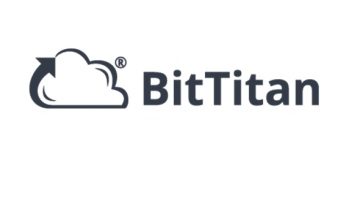“PM WANI is a revolutionary architecture” – By, Mr. Satyam Darmora, Founder, i2e1
 What is the role of i2e1 in the implementation of PM-Wani ?
What is the role of i2e1 in the implementation of PM-Wani ?
i2e1 has been at the forefront of PM WANI implementation and has played a leadership role in its successful roll out. i2e1 played a crucial role during the consultation and pilot phase with TRAI, the telecom regulator. These inputs along with showcasing actual working models on the ground helped shape the final version of PM WANI. Post the launch, i2e1 set up the first ever PDO of India and has scaled up very fast since then. It has also launched an app that works with all PM WANI compliant hotspots across different PDOA (Public Data Office Aggregator).
How many public WiFi hotspots have been deployed so far in India? What are the targets set by the Department of Telecom?
There are close to 50K PM WANI hotspots deployed since the launch. As per media reports 2 million hotspots will be set up by 2022.
How will public Wi-Fi help in bridging the digital divide in India?
PM WANI is a revolutionary architecture. It allows people to share the extra internet that they have already paid for with their friends and neighbours. Today India has only 20 Million Home broadband subscribers. This means ~93% of Indians do not have access to high speed home broadband which is extremely important for online classes, video streaming and multiple other use cases. During COVID times, while kids from high income groups could benefit from online classes, kids from poor households could not as 5 hours of online class may consume up to 4 GB of internet – much above the daily limit of 1.5 GB on mobile internet. Now imagine, if every household shares the internet with 3 more, overnight we can get connectivity to 80 million homes. This can not only reduce the digital divide but also increase the country’s GDP by 3-5%.
What are the top two challenges for the company right now?
Scaling up fast and getting the resources to scale are the top two challenges. The demand and requirements is huge and we need to scale up 10,000 times to meet these requirements.
What is the process to becoming a PDO?
Anyone can become a PDO by signing up with a DoT registered and certified PDOA. The process of becoming a PDOA is also very simple. The organisation has to first register with the Department of Telecom and then get certification about its technology and processes by the Department. There is no licensing fee.



